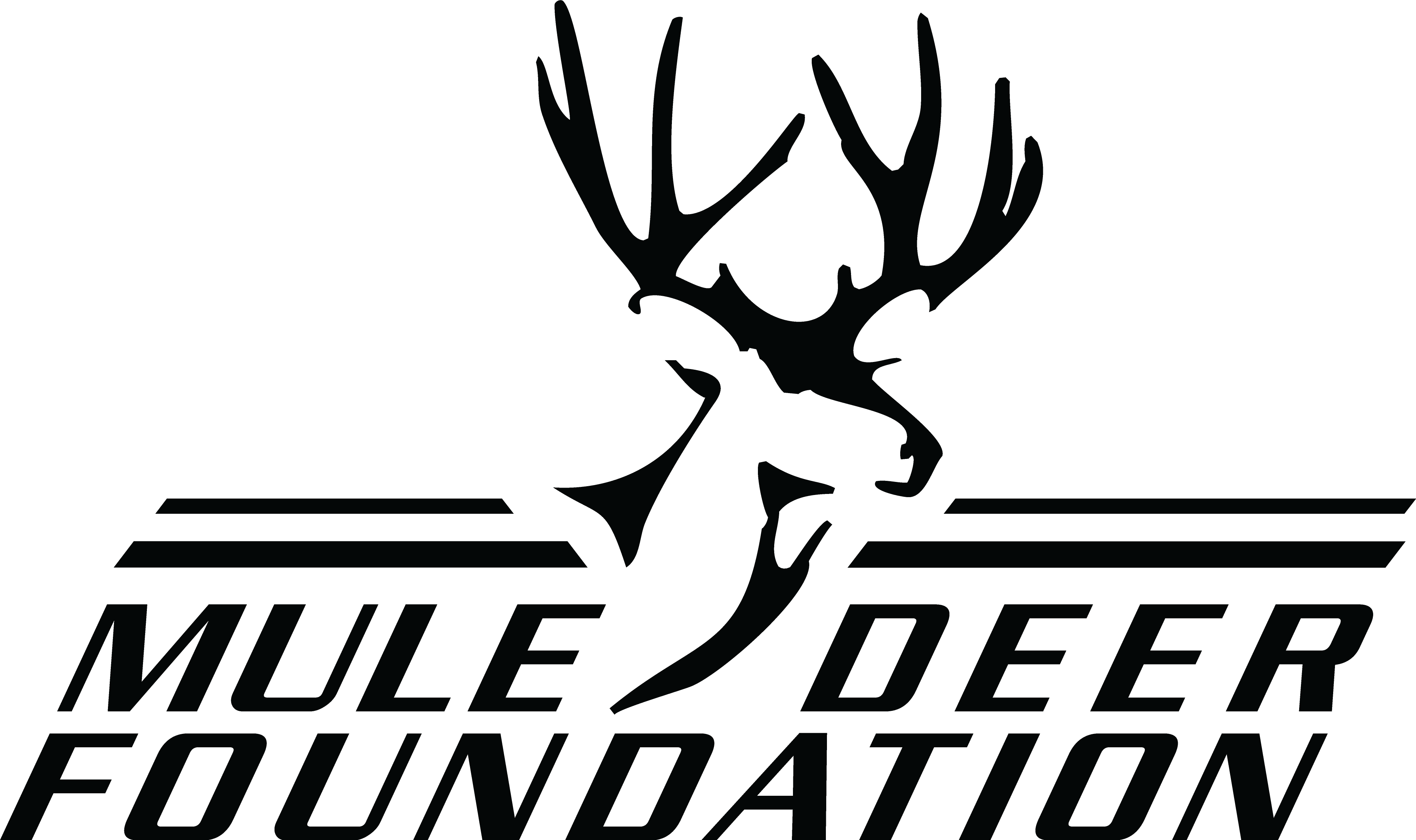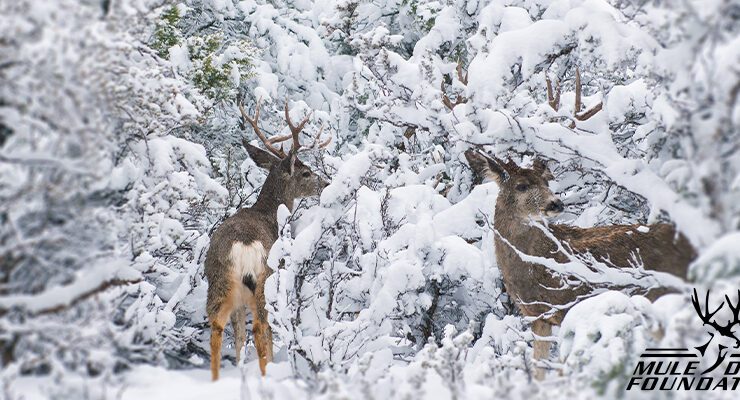Projects

I earned my bachelor’s degree in Wildlife from Purdue University in 2016, then spent several years working seasonal field technician jobs, primarily capturing and collaring elk and mule deer, and conducting vegetation surveys to assess habitat conditions. In 2019, I moved to Salmon, Idaho, where I worked for Idaho Fish and Game, first as a big game population technician, monitoring collared big game, and later as a depredation technician, working with landowners to mitigate wildlife conflicts.
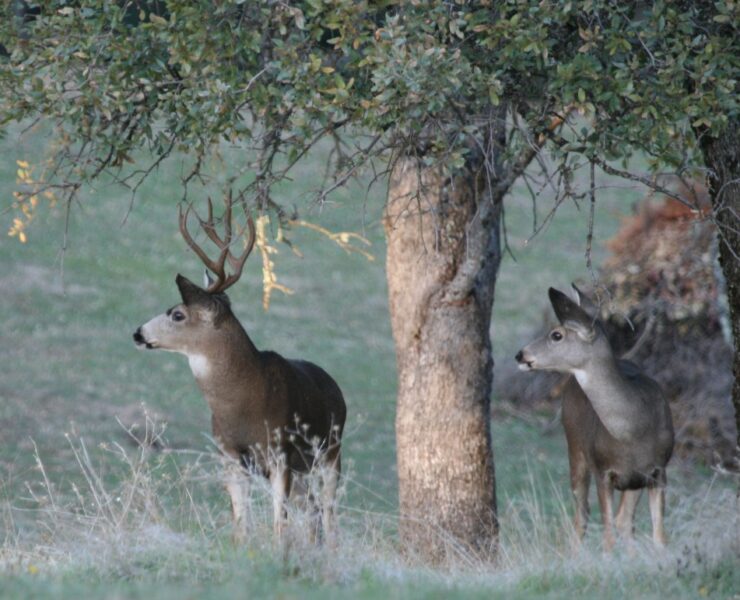
Oak woodlands are an important ecosystem type for the long-term health and sustainability of our black-tailed deer herds throughout much of their range in Northern California and Southern Oregon. Black-tailed deer need a variety of habitats to thrive, but oak woodlands are one of the most important. Typically, a healthy oak woodland is made up of an overstory dominated by mature oak trees with enough space between them to allow sufficient light to reach the ground. The most common types are white oak, blue oak, black oak, valley oak, or one of several varieties of live oak.
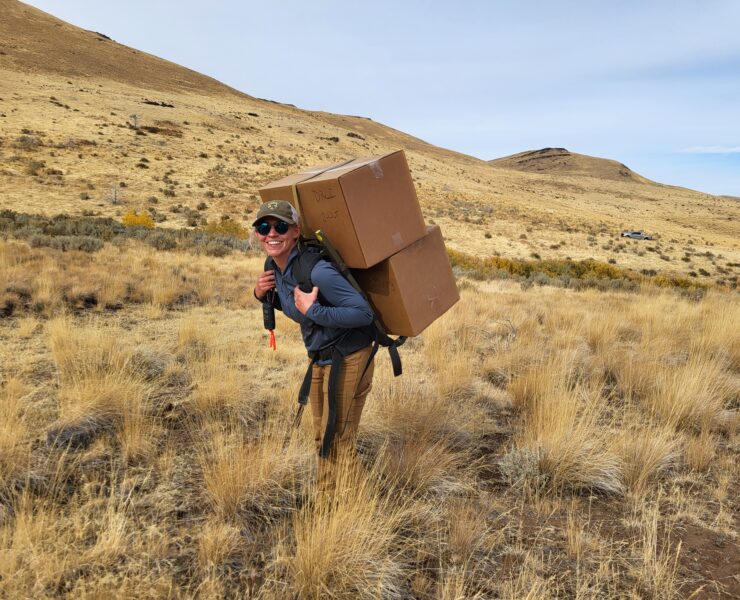
The Mule Deer Foundation (MDF) is seeking applicants for one Project Manager to assist with habitat projects on the USFS lands. This position is a full-time, field- based, position that will help deliver the mission of MDF on USFS lands. This is a term, 2-year position with the possibility of extension based on funding.

It is my pleasure to welcome our newest hire, Shelby Pollard. She will be our Region 2 Regional Conservation Coordinator helping us implement habitat projects and further our partnerships in Colorado, Wyoming, Nebraska, and parts of South Dakota. Below is more information about Shelby, please reach out to her and welcome her to the MDF team!
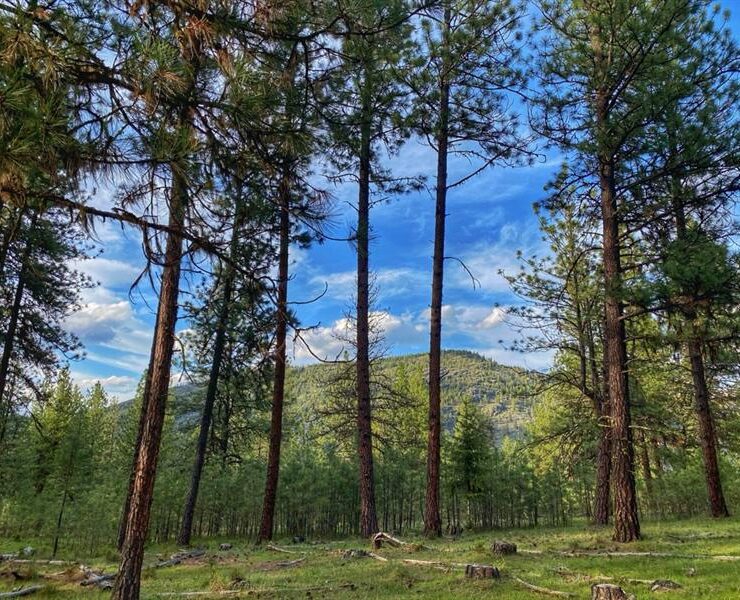
The Mule Deer Foundation (MDF) applauds Senators John Curtis – UT-(R), Tim Sheehy – MT (R), John Hickenlooper – CO (D), and Alex Padilla – CA (D) for introducing the Fix Our Forests Act (FOFA) in the United States Senate. This bi-partisan Act will allow federal land management agencies including the US Forest Service and Bureau of Land Management to improve the health of our public lands including work on important habitats for mule deer.
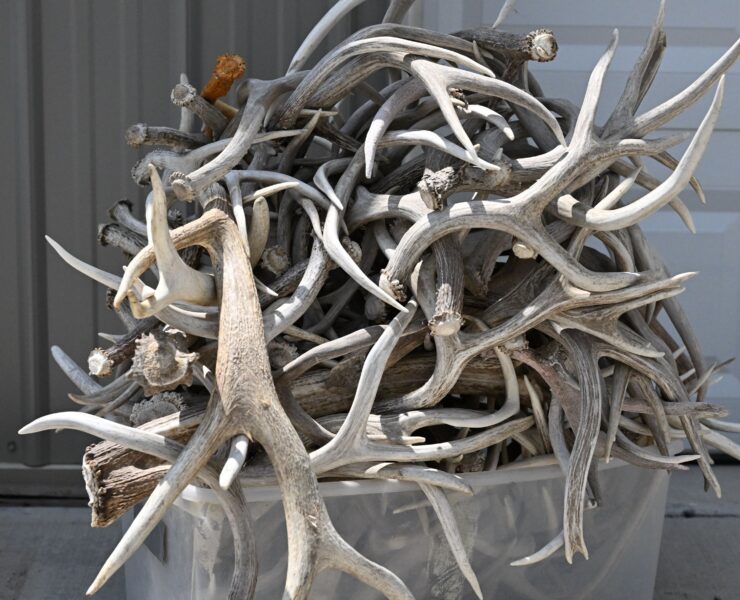
As part of our ongoing efforts to protect wildlife and ensure the survival of mule deer, we ask for your cooperation in respecting the winter range closures and restrictions that are in place during their critical winter survival period. Shed hunting is becoming a larger recreational pastime and it can be tempting to go out early especially as the weather gets better. However, the Mule Deer Foundation urges you to wait because now is an important time for mule deer and other wildlife trying to survive the last bits of winter. Late spring is when they are in the worst shape they will be in all year and any extra energy expenditure can be life threatening.
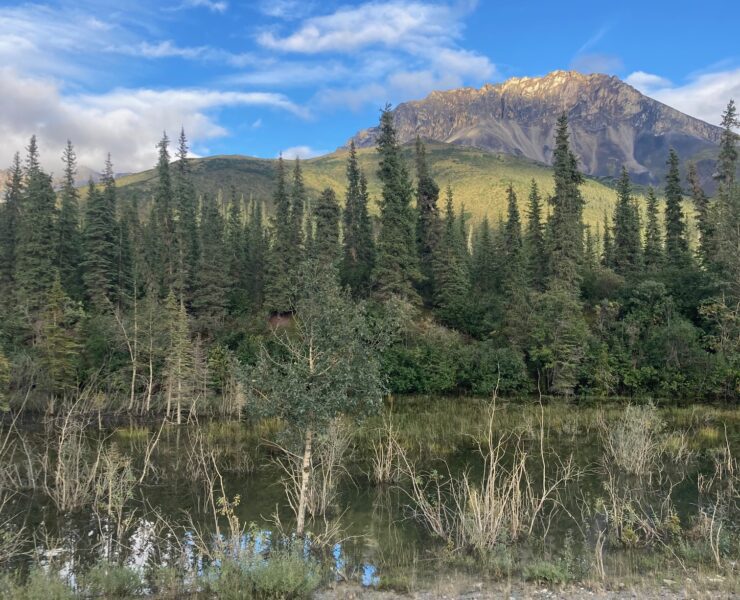
The Mule Deer Foundation (MDF) strongly supports the newly introduced bipartisan legislation led by U.S. Senators John Curtis (R-UT) and Michael Bennet (D-CO), which seeks to enhance and expedite emergency watershed recovery efforts in the wake of natural disasters such as wildfires, floods, and other catastrophic events. These bills, the Making Access to Cleanup Happen (MATCH) Act and the Watershed Protection and Forestry Recovery Act, are vital to preserving the health of our western landscapes and ensuring the resilience of communities that depend on these natural resources.
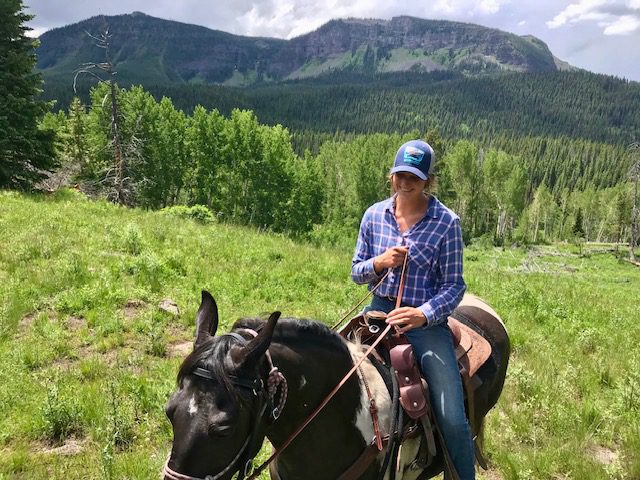
The USDA Forest Service manages nearly 200 million acres of public land all over the country. That’s a lot of ground to cover, especially when you consider the agency’s mandate to make decisions on how best to utilize and maintain the land for “the greatest good of the greatest number in the long run.”

Over the last 25 years, a common assertion you often hear is that muledeer populations are in decline. But is this true? This question is frequently posed to us at the Mule Deer Foun- dation (MDF), and it represents a significant issue that our leadership actively addresses. So, what’s the reality? The answer is nuanced. Innshort, it depends.


